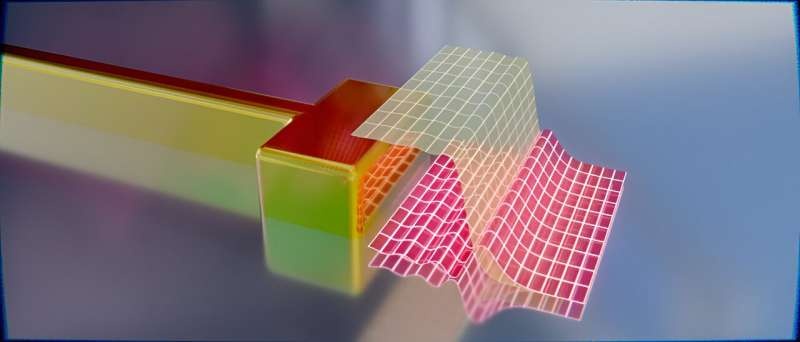Researchers have made a breakthrough in the modulation of light antennas, paving the way for faster and more efficient computer chips. By electrically controlling the surface properties of these nanoscale structures, they have achieved a significant step towards overcoming the limitations of current electronics and ushering in a new era of light-based computing.

Overcoming the Speed Barrier
Now, computers are close to physical limits, with the fastest semiconductor components topping out around a few gigahertz. That is equivalent to a few billion calculations per second — far too slow for any modern applications.
The answer lies in using light, or photons instead of electrons. The photons move up to a 1000 times faster than an electron, allowing for ultra-fast computing. To make that leap, one key hope is plasmonic resonators, which are essentially ‘antennas for light. These structures made up of metal at the nanometer scale allow for interaction between light and electrons which enables an active control on various frequencies of light.
Enabling Plasmonic Resonators to Achieve Their Full Potential
The problem with plasmonic resonators until now has been that we can’t really modulate them—they aren’t as versatile as transistors in today’s electronics. This has held up the development of quick light based switches, which are a key part in delivering on that speed increase.
Now, a research team from Würzburg in Germany and Odense in Denmark has achieved what was more dream than reality. Rather than changing the entire resonator, they were interested in changing its surface properties. This allowed the researchers to electrically modulate a single gold nanorod resonator, paving the way for ultra-fast active plasmonics and faster computer chips.
It was the first time that a fabrication method using helium ion beams and gold nanocrystals, developed at the JMU Chair of Experimental Physics (Biophysics) under the direction of Professor Bert Hecht, succeeded. Distinct effects on the surface of the resonator, even if weak, have been detected by exploiting sophisticated measurement techniques with a lock-in amplifier.
Conclusion
This school of thought is all well and good, but a significant development could change the entire landscape: researchers have successfully modulated light antennas, which represents a huge step forward towards faster and more efficient computer chips. The researchers hinted at the possibility of this particular advancement shaping the future of computing — a promise that might change the whole spectrum of computers we deal with, transporting us to an era where light becomes synonymous with processing capabilities. With the research ongoing, we now have an even bigger expectation of improvements to come, revolutionizing exactly how these systems interact and store light based information.
